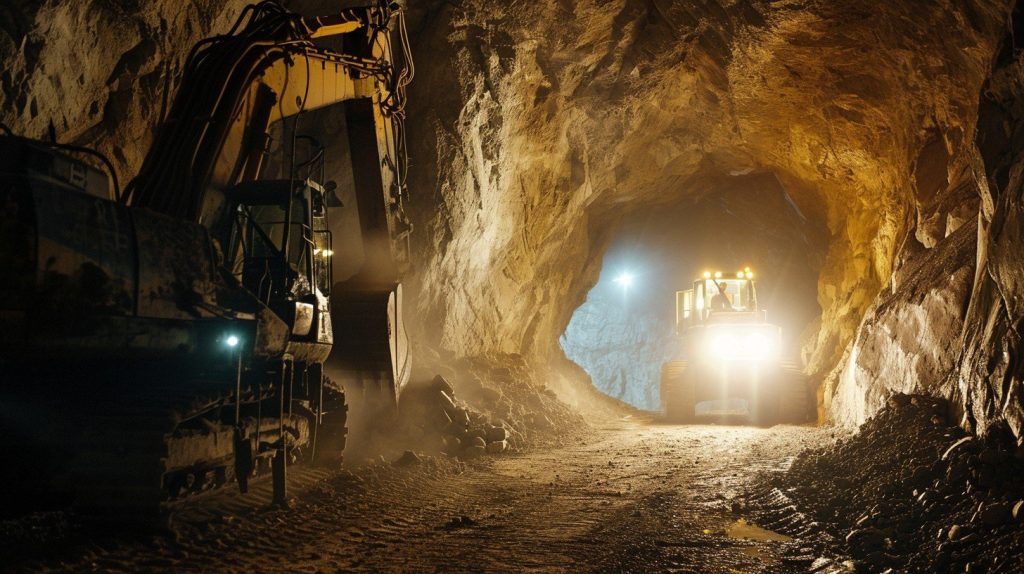
The 2024 Russian invasion of Ukraine’s Kursk province was more than a geopolitics maneuver it was an experimental proving ground for innovative combined-arms warfare, electronic domination, and unconventional penetration. What began as an underground plot to take territory to be held for future bargaining quickly evolved into a one-year experiment in adaptation, where precision munitions, drone technology, and subterranean maneuver were central components.
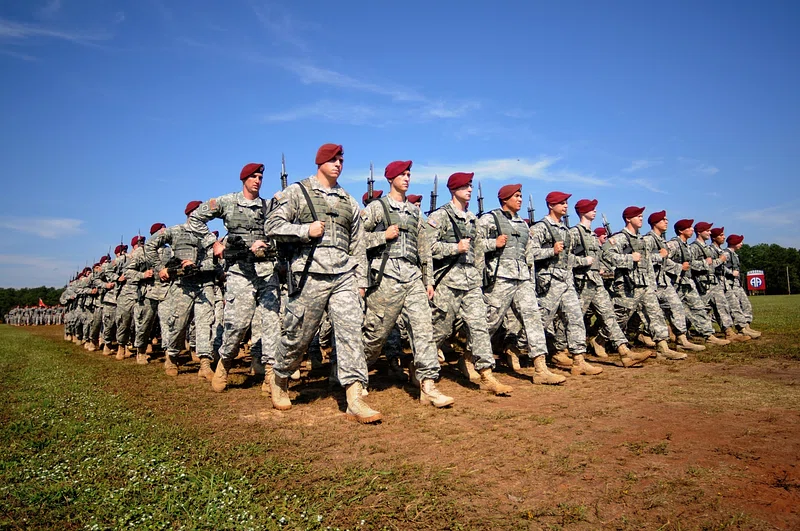
1. Strategic Aims and the Element of Surprise
When Gen. Oleksandr Syrsky ordered the 82nd Air Assault Brigade to draw up an invasion plan, secrecy was the watchword. Kyiv kept the operation from even its closest allies, following Syrsky’s dictum: “Victories love silence. They are born in silence and prepared in silence.” The goal was twofold keep Russian soldiers away from eastern incursions and hold land as bargaining chips. The August 6 incursion left Moscow stunned, the first foreign occupation of Russian territory since World War II. Early advances totaled 500 square miles, thanks to speed mechanized drives and Russia’s lightly held border that was exploited.
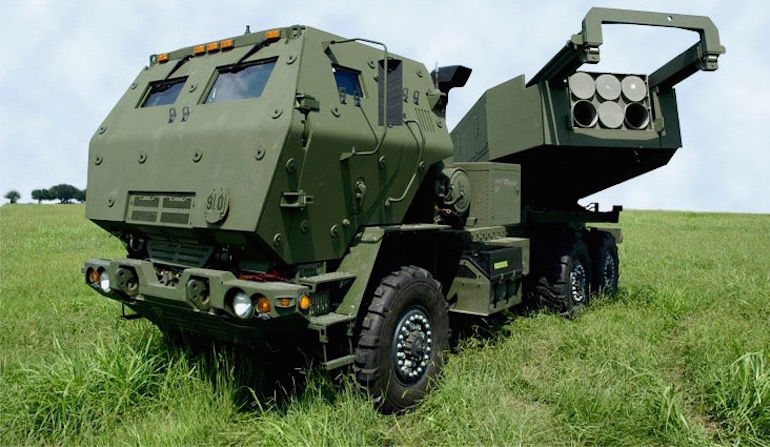
2. HIMARS and ATACMS: Transferring the Battlefield to Ukraine
Western-supplied precision systems extended the reach of Ukraine. The M142 HIMARS provided strike forces with mobile, high-precision fires at ranges of up to 80 km, moving Russian command posts and depots. The introduction later of ATACMS with 300 km capability allowed deep strikes into Russian logistics nodes such as the Karachev arsenal, which destroyed KAB glide bombs and North Korean rounds. As Lt. Gen. Ben Hodges witnessed, “That’s how you defeat mass and mass is the only thing that the Russian forces have.”
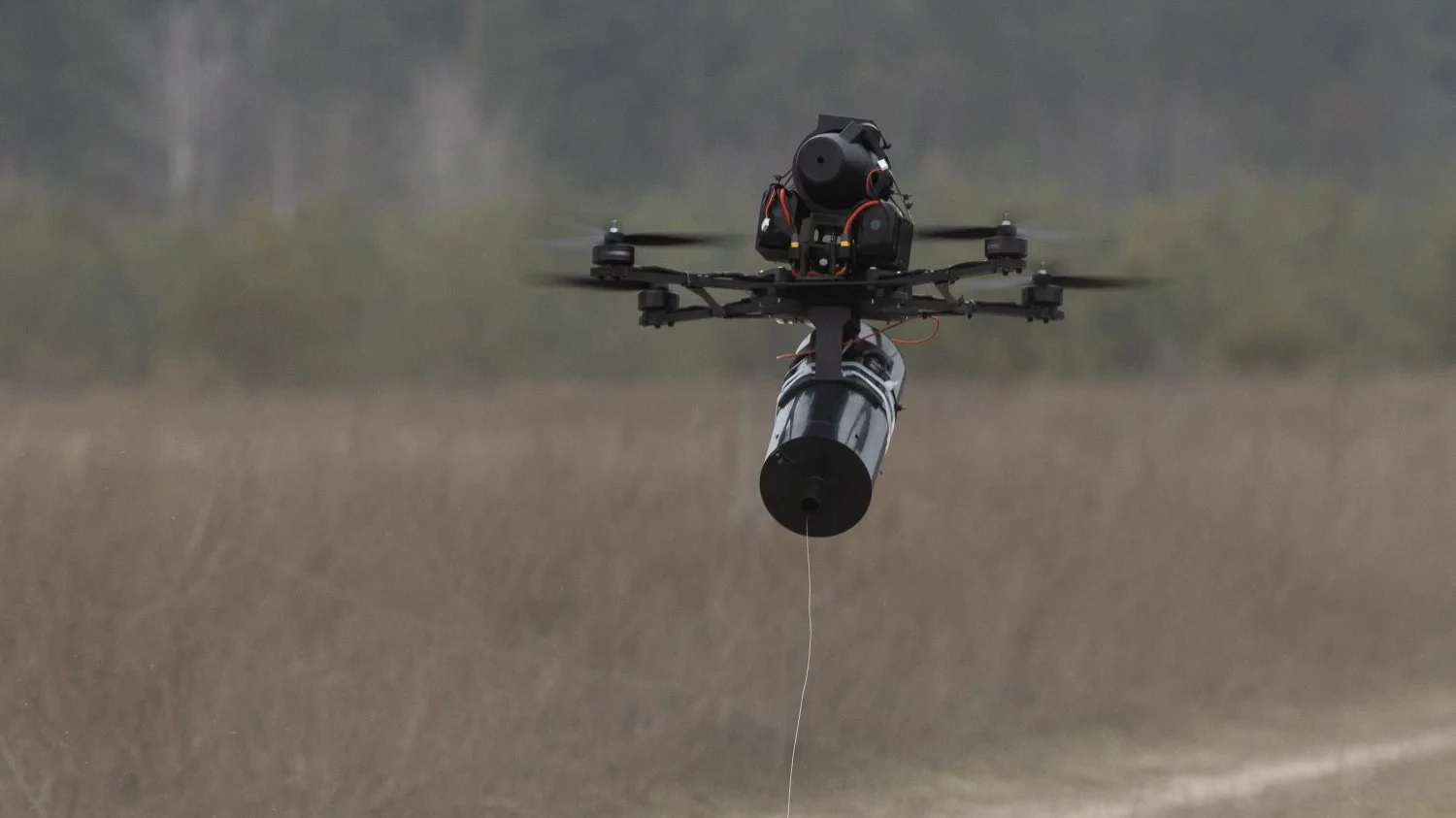
3. Drone Warfare: From Electronic Barrages to Fiber-Optic Countermeasures
The first push of Ukraine in Kursk replicated a “blitzkrieg” of the drone age. Electronic warfare teams jammed Russian UAV frequencies, causing a temporary blind spot for dozens of high-precision FPV drones. The attacks cleared corridors for mechanized columns. Russia’s reply was the massed use of fiber-optic drones 15 km long cabled FPVs that are jamming-proof and can deliver persistent overwatch. Not only were they used for attacks, but to “isolate the battlefield” by hitting supply columns, evacuation routes, and troop rotation, effectively performing battlefield air interdiction on a part basis without manned aircraft.
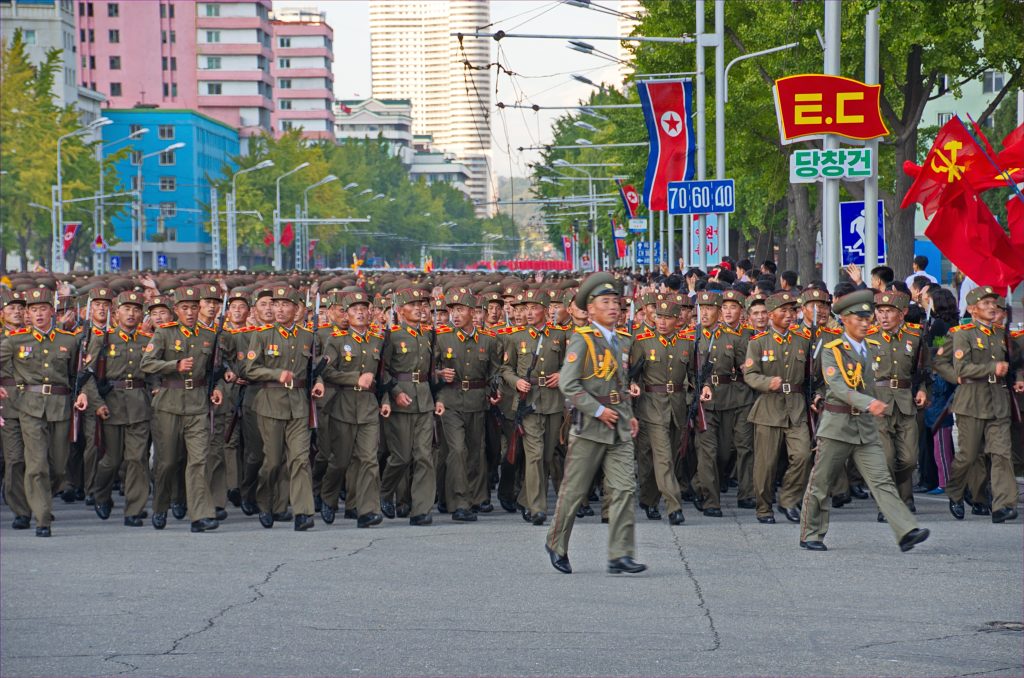
4. North Korean Special Forces: From Losses to Lethality
By winter, the battlefield saw the deployment of over 11,000 North Korean troops. Initially, their mass movements in open terrain proved an easy mark for Ukrainian artillery and drones. Adaptation, however, was rapid small-unit dispersal, improved drone fire, and maneuver under fire. Ukrainian commanders attributed their growing skills, with Syrsky stating, “Without the Koreans, they would not have had any success at all.” This trend raised the issue of the transfer of Russian UAV and missile technology to Pyongyang, with a significance extending far beyond Ukraine.
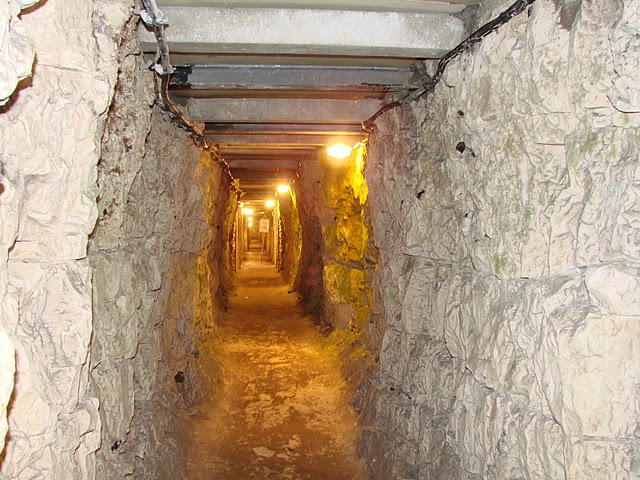
5. Underground Play: The Pipeline Ambush
Russian Akhmat special forces attempted “Operation Stream” in March 2025, infiltrating 15 km within the unused Urengoy–Pomary–Uzhhorod gas pipeline to emerge behind Ukrainian lines in Sudzha. The narrow, methane-crammed tunnel caused hypoxia, hallucinations, and multiple fatalities prior to engagement. Despite these losses, the operation much like sewer-flanking in Avdiivka proven the enduring utility of subterranean infrastructure for surprise and positional advantage in a sensor-saturated environment.
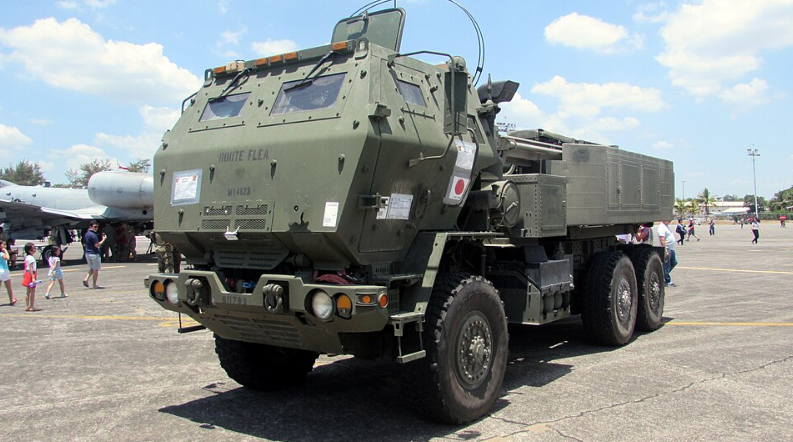
6. Targeting Infrastructure: Bridges and Supply Lines
Precision attacks on infrastructure were instrumental to framing the conflict. HIMARS was used by Ukraine to destroy a strategic bridge over the Seym River, constraining Russian resupply and evacuation. The Russian loitering munitions and fiber-optic drones, for their part, established fire control of highways like the T0514 and T0515, forcing Ukrainian forces to carry supplies on foot for distances up to 14 km. As our correspondent was informed by Donetsk regional governor Vadym Filashkin, “Russian UAVs fully control the T0514,” a new development pinpointing the transition from destroying infrastructure to preventing the use of it through continuous drone occupancy.
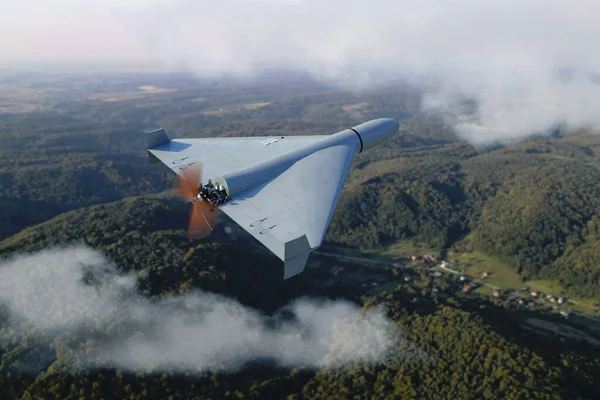
7. The Attrition of Logistics in a Drone-Dominated Battlespace
By summer 2025, Russian UAV operations had impacts previously the province of airpower striking in the near rear of vehicles, interdicting rotation, and extending the “kill zone” to 10 km from the front. Ukrainian counter-drone measures, including netted tunnels across roads, offered marginal mitigation. The cost asymmetry was disconcerting: a fiber-optic UAV system could be fielded for under $3,000, but destroy vehicles costing hundreds of thousands of dollars and further burden Ukraine’s war effort economically.

8. Political Leverage and the Negotiation Clock
As President Donald Trump’s inauguration approached, the political stakes of the Kursk salient rose. Ukrainian lawmaker Oleksandr Merezhko predicted it “may prove to make Putin sit down to negotiate seriously.” Experts warned that holding Russian-occupied land through a potential ceasefire would be Kyiv’s best trump card, weighing against attempts to freeze the front. This pressure was part of the reason for the Biden administration’s decision to greenlight ATACMS strikes against Russian and North Korean forces in Kursk.
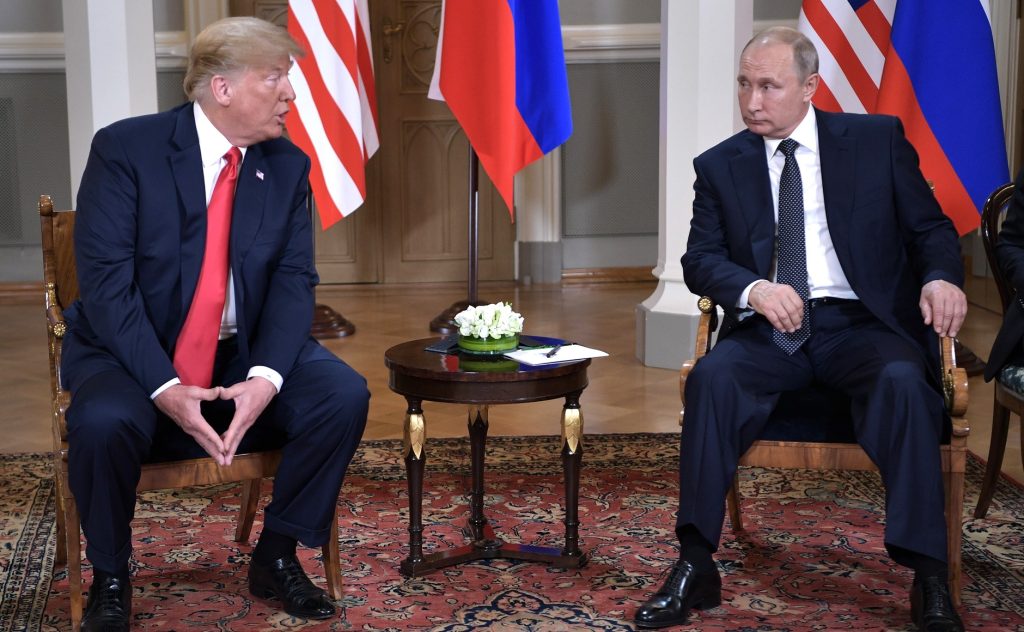
The Kursk campaign combined 21st-century strike technology with centuries-old principles of operations interior lines, surprise, and the destruction of logistics. It demonstrated that control of the electromagnetic spectrum and the airspace mere meters above the ground in contemporary high-intensity conflict can be as critical as any armored break.


